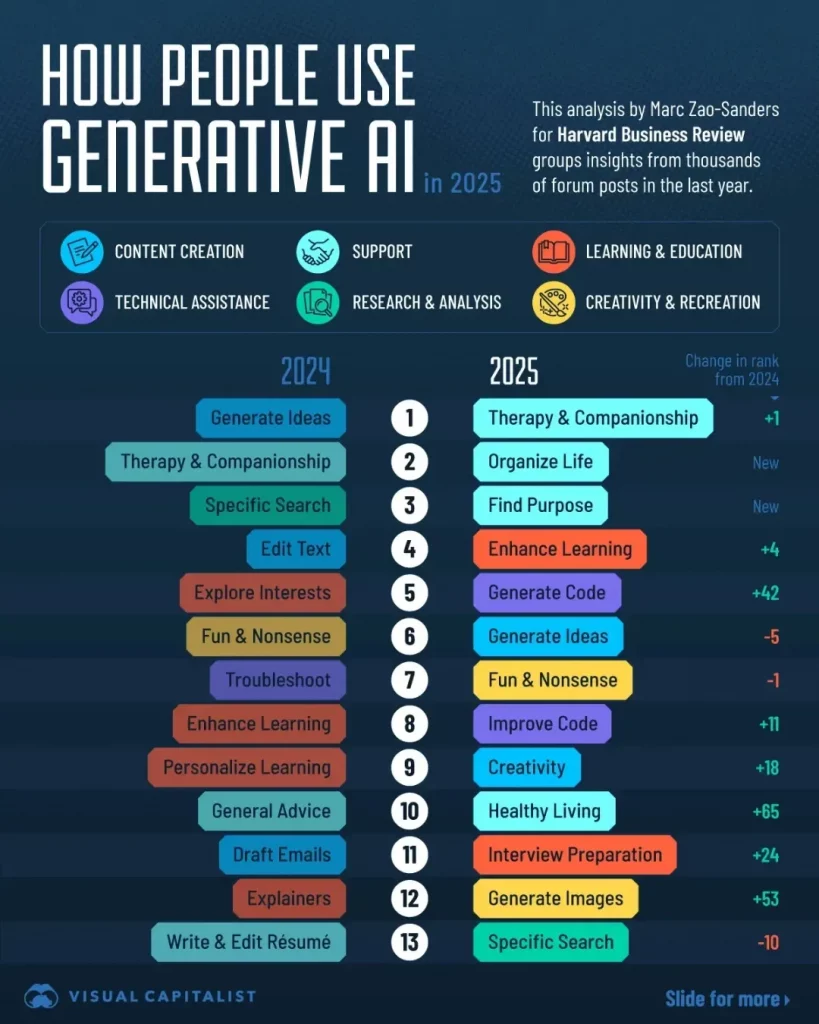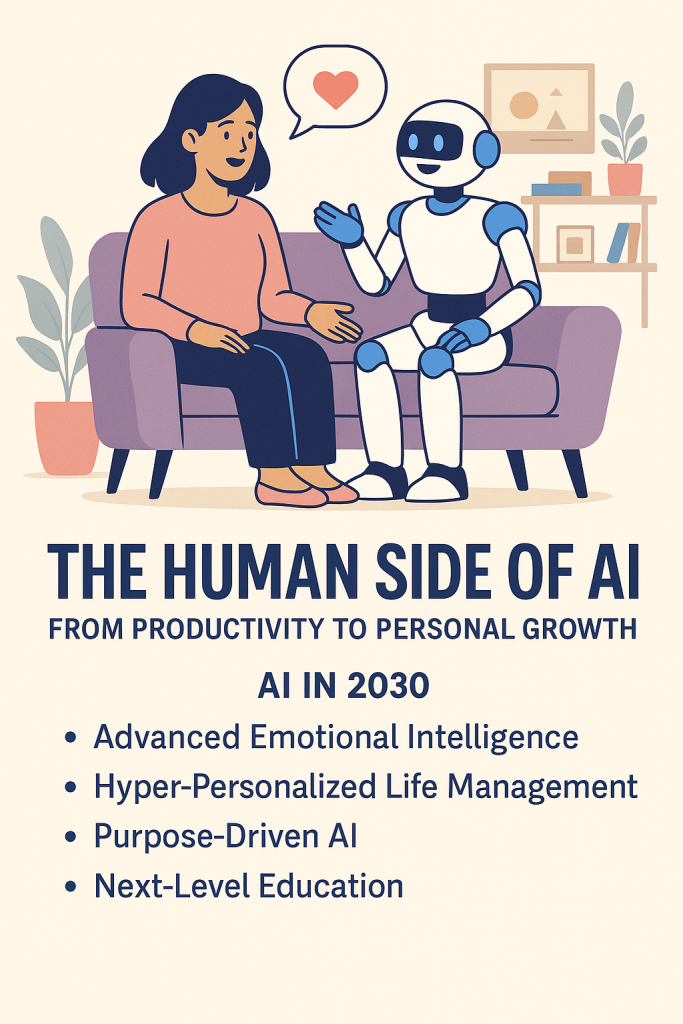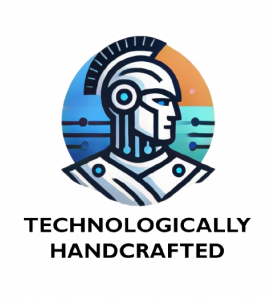In a fascinating recent analysis by Visual Capitalist (link here), the ways people are using AI in 2025 reveal a surprising and deeply human trend. Instead of focusing solely on productivity or technical tasks, people are increasingly turning to AI for emotional support, life organization, and personal growth.
According to research by Marc Zao-Sanders, who analyzed thousands of forum posts, the top use for AI in 2025 is therapy and companionship. AI is no longer just a tool for answering questions or automating tasks; it’s becoming a kind of digital confidant—helping users navigate complex emotions, loneliness, and even existential questions. Right behind therapy, people are using AI for organizing their lives, finding purpose, enhancing learning, and generating code and ideas.
This marks a noticeable shift from earlier years, when the most popular uses for AI were centered around idea generation, research, and content creation. As we move deeper into the AI era, it’s clear that users are seeking more than just efficiency—they’re looking for meaning, support, and creativity.
So what does this trend suggest for the future? If we follow the trajectory into 2030, several exciting possibilities emerge:
- AI with Advanced Emotional Intelligence: AI companions could evolve to offer far more sophisticated emotional support, perhaps even helping users process grief, trauma, or major life decisions with an unprecedented level of empathy.
- Hyper-Personalized Life Management: Imagine digital assistants that don’t just remind you of your meetings but actively help you design your ideal life, based on your personal goals, health needs, mental state, and career aspirations.
- Purpose-Driven AI: In 2030, we could see AI platforms that help people discover and refine their sense of purpose—suggesting activities, careers, hobbies, and even social causes that align with their deeper values.
- Next-Level Education: AI-driven learning will likely go far beyond tutoring. We could expect truly adaptive learning environments that reshape themselves around each learner’s pace, interests, and preferred modes of thinking.
- AI as Creative Collaborators: Rather than just generating ideas, AI might become a true creative partner—helping users co-write novels, compose music, invent products, and even design businesses.
In many ways, AI is evolving from “smart tools” to “smart companions,” and this emotional, human-centered role is likely to deepen as technology advances.
Of course, along with these exciting possibilities come important questions—about privacy, emotional dependency, and the ethics of increasingly human-like AI. But one thing is clear: the future of AI is not just about automation or algorithms. It’s about connection, growth, and the deeply human need to be understood.
And it all starts with what we’re seeing today, as captured brilliantly by Visual Capitalist‘s 2025 analysis.

Source: https://www.voronoiapp.com/technology/-Swipe-to-See-What-People-Really-Use-AI-For-in-2025-4769


